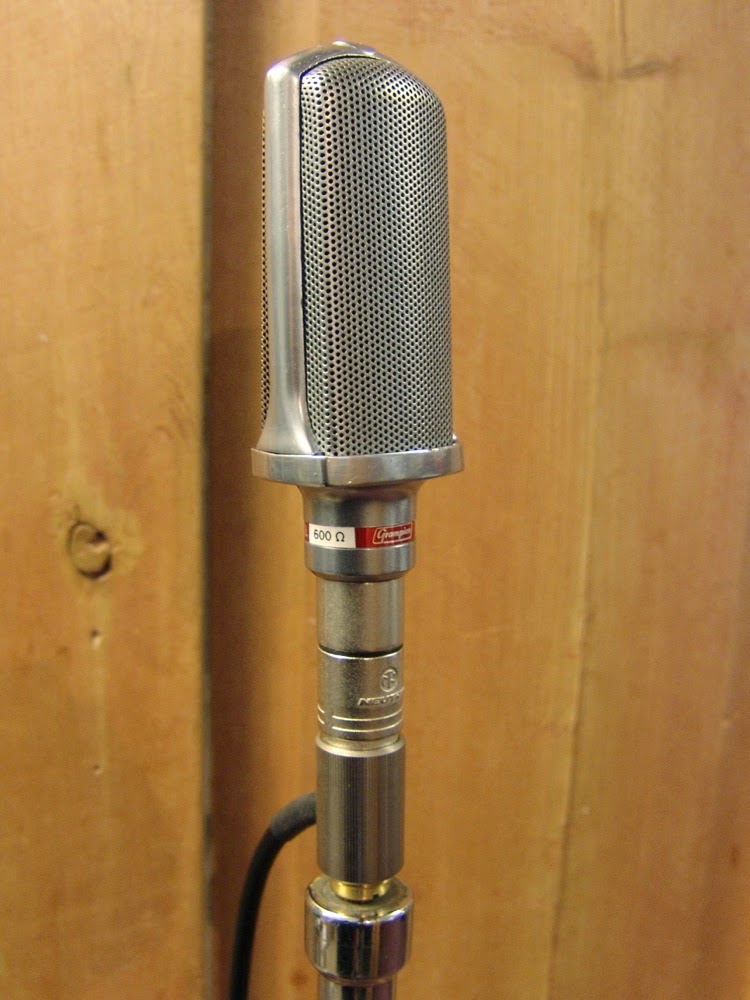These old Elctrovoice ribbon mics look great but sadly the sound rarely lives up to expectations.
I have worked on a few of these over the years and there are several things that let these microphones down – happily they can all be sorted out with a bit of thought.
 |
| EV V2 clamp with through-ribbon bolt! |
Firstly, and perhaps most annoying are the ribbon clamps. EV used thin plastic clamps to insulate the ribbon from the body of the mic, and the ribbon is secured by a central screw that goes straight through the ribbon. The old EV ribbons are quite thick and were supplied with (even thicker) copper end terminals, so that they could just be screwed in place. One problem is that tightening the screw twists the ribbon, pulling it into the side walls of the motor. It also does not make very good electrical contact, especially with a new thin aluminium ribbon. And the clamps are flexible too so the ribbon is not held securely.
 |
| New ribbon silver clamp |
A better solution is to make new stiff metal clamps. These could be made from plated brass but I tend to use solid sterling silver to avoid the need for a plating process. One clamp must still be insulated from the body of the microphone to avoid shorting out the ribbon.
 |
| Rusty old magnet. |
The next problem is the weak magnetic field. Replacing the old magnet with a new neodynium one can boost the field around five-fold, which gives a corresponding increase in output. With stronger magnets the steel screws can jump into the ribbon gap and wreck a new ribbon, so it is best to swap the screws out to some brass or stainless ones.
 |
| EV V2 transformer. |
The old transformers are not great and lack bass but that’s an easy thing to sort out! And finally the old plugs are getting hard to find so we can put an XLR on the rear.
 |
| XLR fitted to EV ribbon mic |
Voila! With new clamps, ribbon and magnet we have a healthy signal with plenty of bottom end!








































